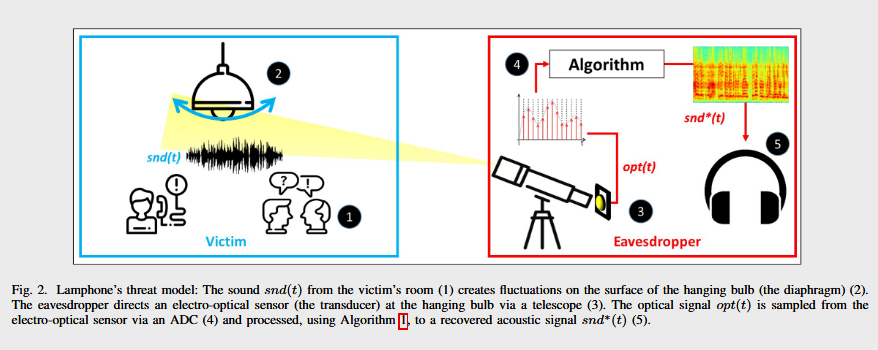
Spotting a Common Scam

These scams seek to collect personal information about you, often appearing to come from a real business or agency. Someone may pose as an official disaster aid worker, or send you a fraudulent COVID contact tracing email. If you receive a message with a link, you should not click it as it may download malware to your device to steal passwords and personal information. Government agencies like FEMA or the IRS will never contact you asking for a FEMA registration number, a Social Security number, or a bank account or credit card number to give you a COVID or FEMA payment—or ask you to pay anything up front to fill out an application or to access state or federal resources.

Before sharing, check that what you are reading is from a trustworthy source. Disinformation can be life threatening in a global pandemic.

No cures or vaccines have been approved for COVID-19 yet. Online offers claiming to provide a medicine or device to treat or prevent COVID should be ignored. When there is a new breakthrough in the treatment and prevention of COVID, it will be widely reported on by reputable news sources.

Fake charities often emerge following a crisis, soliciting donations, but not using them for the described purpose. Before donating, check out www.ftc.gov/charity to research the organization and make sure it’s legitimate.

If you receive a robocall, you should hang up instead of pushing any buttons or giving away any personal information. If a call claims to be from the IRS or FEMA, but demands immediate payment through debit card or wire transfer, it is fraudulent. Federal agencies will never demand immediate payment over the phone, threaten immediate arrest, or ask you to make a payment to anyone other than the U.S. Treasury.
Warning Signs that a Loved One may be the Victim of a Scam
Victims to a scam may be embarrassed or uncomfortable asking for help. It’s not always obvious when someone has been scammed, so check in with your loved ones frequently, especially if they are older, live alone, or are otherwise high risk.
Warning signs include large ATM withdrawals, charges, or checks; secretiveness and increased anxiety about finances; large quantities of goods being delivered that they do not need; an unusual number of phone calls or visits from strangers; and a sudden lack of money, unpaid bills, or a change in daily habits.
For more information, and to get help with a potential FEMA fraud, you can call the National Center for Disaster Fraud Hotline at 866-720-5721 or FEMA’s Public Inquiry Unit at 916-210-6276. For questions about pandemic scams, go to www.ftc.gov/coronavirus or www.cdc.goc/coronavirus/2019-ncov .
Tags: common scam, scam



















